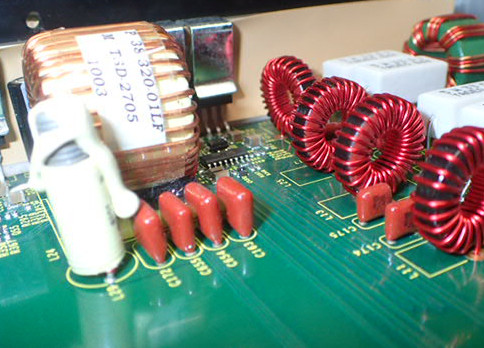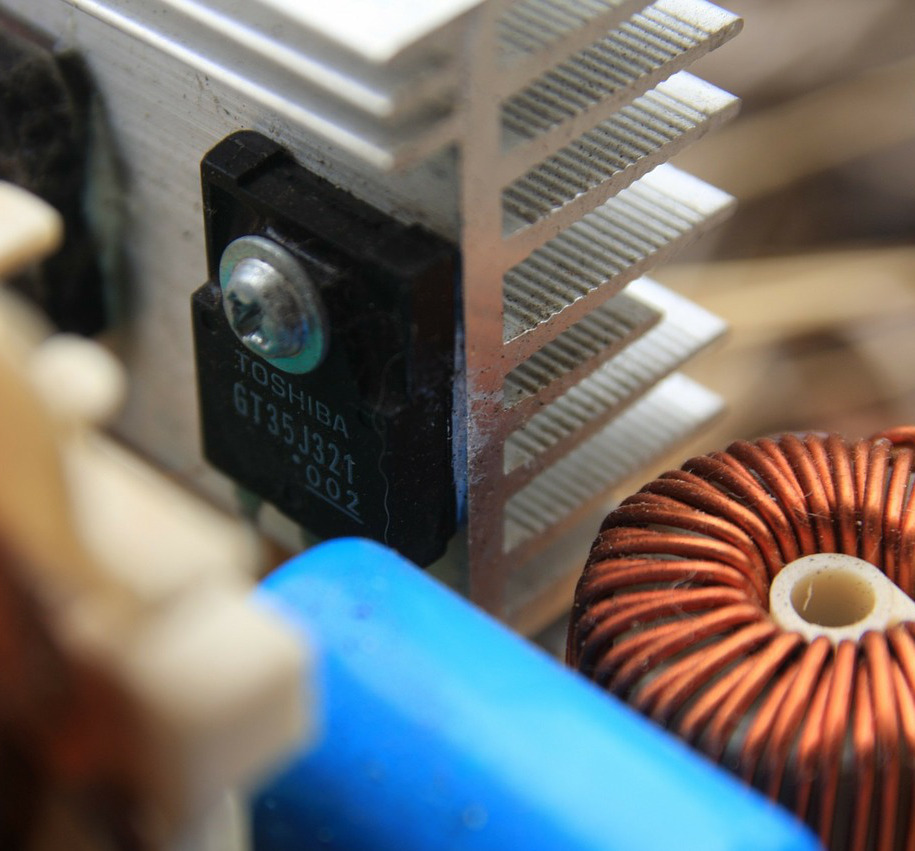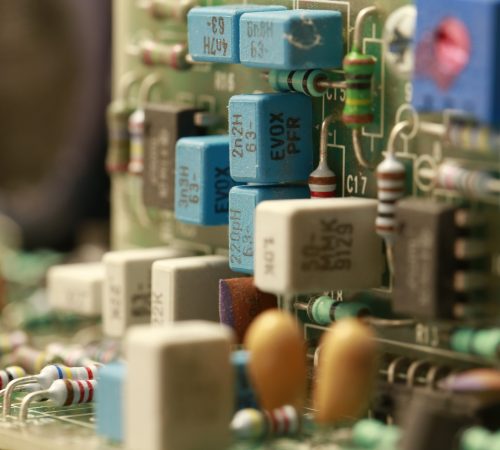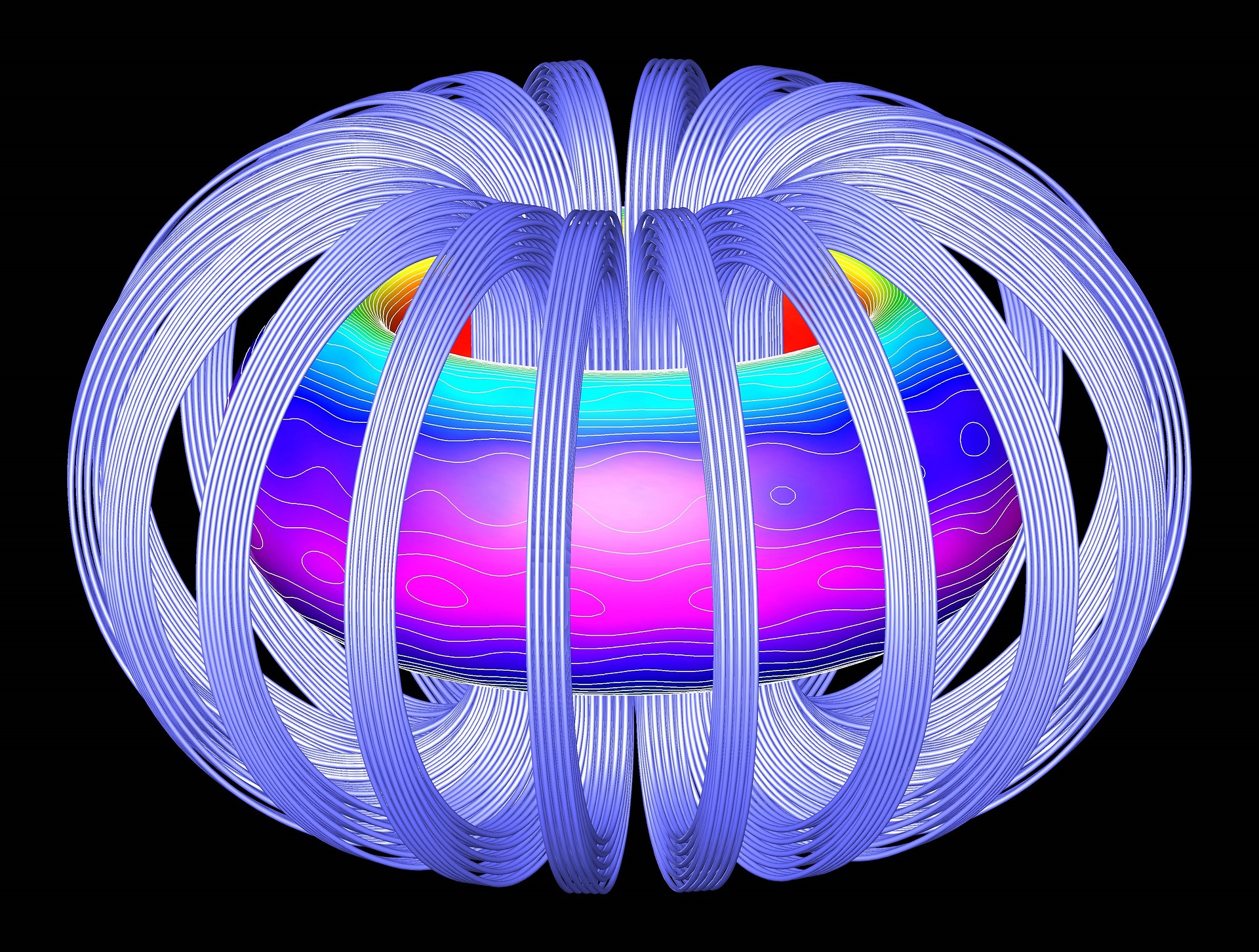SERVICES

Component level Class-D Power Amplifier Design;
Specializing in high power, high-voltage implementations.
Class AD, BD, Half Bridge, Full Bridge, Hard Switched, Self-Oscillating, Sigma-Delta
Your target market has a huge influence on determining the optimal amplifier topology for a given application. An architecture sufficient for a single channel low voltage amplifier will be hard pressed to meet the efficiency, power and channel density targets demanded of a multi-channel installed sound 100V product. I’ll work with your team to help your company determine the best design solutions available, and innovate new ones, that will best incorporate the requirements of your market, satisfy agency, cost and scheduling targets, and provide exceptional audio performance and superior sound quality.

Switch Mode Power Supplies;
Specifically those targeted for audio applications.
AC/DC, DC/DC and DC/AC, Linear Supplies, Hard and Soft Switched Supplies, Power Factor Correction (PFC), Zero-Voltage/ Zero-Current Switching (ZVS/ZCS), Resonant and Quasi-Resonant circuits.
A power amplifier is only as good as the power supply energizing it. Parameters such as line/load regulation, transient response, clock frequency, control bandwidth, ripple, hold-up time, operating quadrant and response to both fully-loaded and idle conditions not only play into optimizing efficiency but also have a direct and profound effect on how the amplifier sounds. I take a system-level approach to every design, ensuring all of the product’s power supplies satisfy each and every functional and audible requirement. EMC, Safety and Energy Star requirements are approached as core design principles; from layout through systematic pre-compliance testing, steps are taken to help ensure the product launch proceeds smoothly and without incident. Thermal management and optimization is managed throughout the development process to ensure high reliability with high MTBF rating.

Analog, Mixed Signal & Controls Design
Small and Large Signal Amplifiers, Transistor Level Gain and Switching, Filters, Crossovers, Delays, LDOs, State Machines, Compressor/Limiters, Signal Management, Detectors, Drivers, Timers, PLLs, Analog Control Systems.
While DSPs have replaced a good deal of functionality once reserved for analog circuits, there remain applications where local analog processing is more cost effective and better performing. Point-of control signal processing and logic implementations keep signal paths short and noise free while providing precise tunability. Concurrently, analog control systems remain dominant for many applications due to their simplicity, predictability, tunability and minimum parts count. Analog controls are frequently more cost effective than digital approaches by virtue of faster development time and rapid deployment. In applications where precise or conditional logic is not required (such as a power amplifier core) analog controls exhibit superior performance due to lack of the delay inherent to digital approaches as well as eliminating the inaccuracies inherent to DAC and ADC stages.

System Integration
Incorporating high speed clocks and high-power, high-voltage switching into an environment shared with small signal analog stages is a recipe for interference. High dV/dT edges radiate inside the chassis and force grounds to ring with high frequency energy. It is very easy for these undesirable signals to get into the power supplies, chassis, grounds and audio stages and exceptionally difficult to track down and eliminate once introduced. EMC invariably suffers. Proper control starts with design and layout, taking pains to control edge rates, minimize loop areas and control coupling paths as well as controlling signal and ground currents. It is a multidimensional problem that varies with each design. Forming a strategic partnership with a seasoned professional will accelerate your time to market by minimizing issues at the outset and rapidly identifying and eliminating whatever obstacles remain.

Magnetics Design and Characterization
On-site design, Fabrication, Test and Characterization
Measurement Capability: Bias to 40ADC; Impedance to 30MHz.
Rugged magnetics are the cornerstone of a reliable switching power design. Properly designed components will function with a wide margin for all conditions of line, load, temperature and transients, ensuring no saturation and minimization of all loss mechanisms. The result is a reliable, efficient and cool running magnetic element that places no undo stress on the rest of the supply. Good design practice is to build and characterize multiple iterations in order to home in on the best solution for the given application. My long-term hands on experience of designing magnetics based on real world constraints allows for rapid and thorough designs. On premises design, fabrication and testing capabilities allows for quick optimization of designs as well as thorough analysis and characterization of vendor sample submissions.

